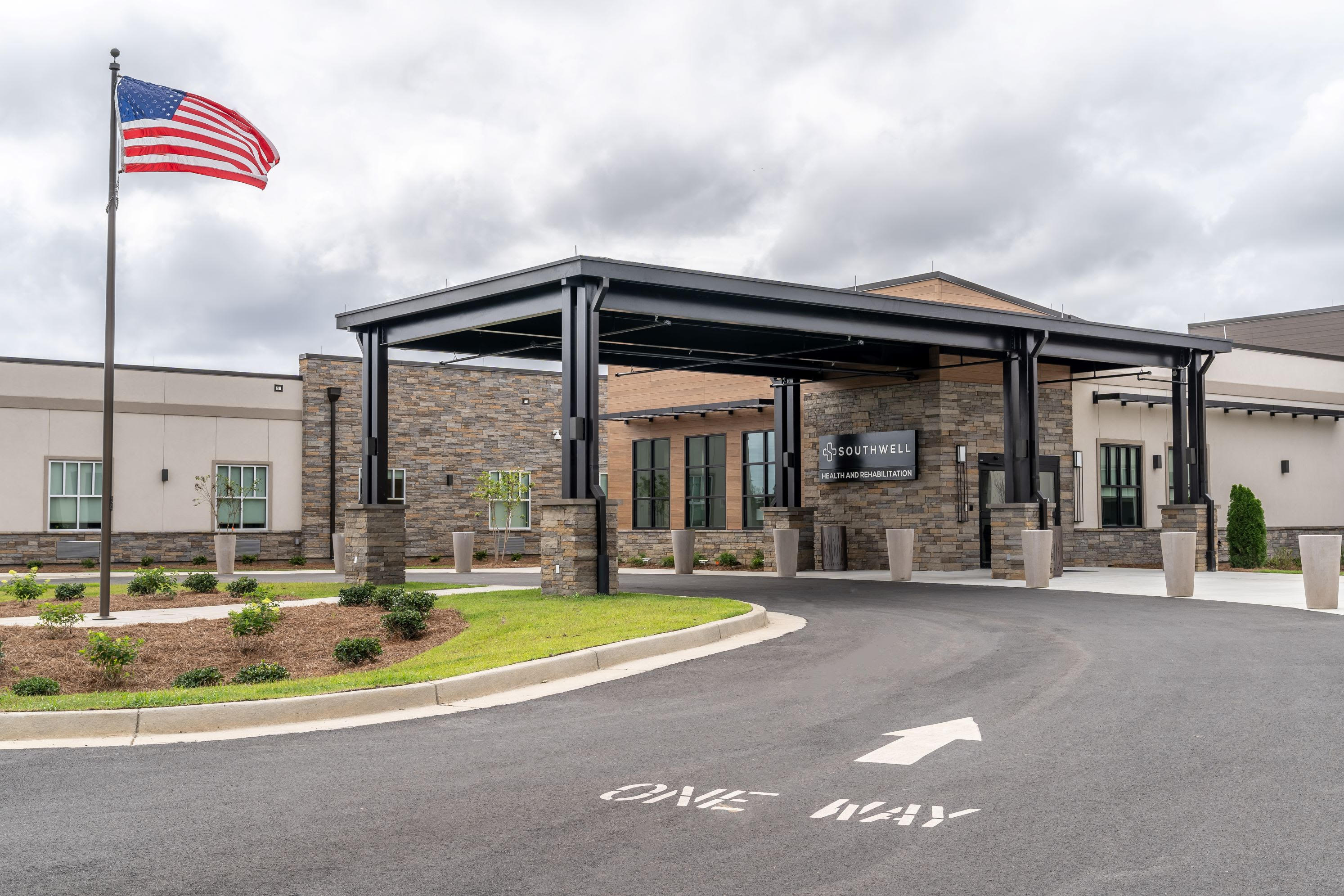Valdosta biomass plant fuels questions
Published 10:54 am Wednesday, October 27, 2010
As the state and nation look to renewable energy solutions, locally, a proposed green energy plant is causing controversy and raising questions that remain unanswered.
The Valdosta-Lowndes County Industrial Authority and Wiregrass Power, LLC are in the beginning phases of developing property for a future biomass electric generating plant.
Once up and running, the plant will produce 40 megawatts of electricity for sale to Georgia utilities. According to the Authority, 40 megawatts of electricity will service approximately 18,240 residential customers with an average usage of 1500 kilowatt hours per month.
Twenty-two acres of land on Inner Perimeter Road, adjacent to the City of Valdosta’s Mud Creek Waste Water Treatment Plant, have been rezoned by the Lowndes County Commission to accommodate the plant.
Placing the biomass plant close to Mud Creek WWTP will allow the plant to use reclaimed water and biosolids, or sludge, from Mud Creek at the plant.
Issues with lack of information
Members of the editorial board met with Authority personnel at the inception of the project several years ago. Since then, due to the amount of time that the taxpayer-funded Authority has spent on securing the necessary land and permits, the Times has requested information, which has been incomplete, so the Times resorted to filing an Open Records Request, which the Authority complied with at a cost of $150.
The Times’ questions concern a number of areas of direct concern to citizens.
Who owns the plant?
Wiregrass Power, LLC is a subsidiary of Sterling Planet, Inc., a privately held company based in Norcross, Ga. When the Authority was asked to provide a list of individual investors in the plant through an Open Records request, the Authority stated in the information provided that although Sterling Planet, Inc. has secured investors to fund the construction and equipping of the plant, a list of those investors is not available to the public.
What technology is being used?
To generate the energy needed, biosolid fuel will be burned in a bubbling fluidized bed boiler which produces steam to drive a turbine that generates electricity.
The Authority was requested to provide information regarding where the proposed equipment is currently being used in a similar facility.
The Authority did not provide The Times with this information.
However, they did provide documentation concerning a steam turbine and fluidized bed combustion sourced from Wikipedia.
According to the Wikipedia article, in reheat turbines the steam flow exits from a high pressure section of the turbine and is returned to the boiler where additional super heat is added. The steam then goes back into an intermediate pressure section of the turbine and continues its expansion.
A cooling tower, a heat rejection device, extracts waste heat and puts it into the atmosphere.
Once in operation, the biomass plant will utilize 400,000 tons per year of forest products industry by-products and residue, wood products industry residue, inert landfill material, yard waste and biosolids to generate energy.
When asked if anyone had been identified as a potential supplier of biomass or purchaser of energy, the Authority stated that a list of suppliers had not yet been completed and contract negotiations with purchasers will remain confidential until a final agreement is negotiated, approved and signed.
According to the timeline of construction on the biomass plant provided by the Authority, power purchase agreements do not have to be finalized until April of 2011.
Economic Incentives
The 22.2 acres purchased for the construction of the plant was purchased by the Valdosta-Lowndes County Industrial Authority in the amount of $420,000.
It has subsequently been leased to Wiregrass, Power LLC for 120 months, with Wiregrass, LLC making a one-time lease payment of $140,000.
The development agreement between Wiregrass Power, LLC and the Authority releases the Authority from any liability or costs incurred by Wiregrass.
However, all building permits and licenses relating to the biomass plant will be issued in the name of the Authority, which will be assigned by the Authority to Wiregrass Power, LLC at their written request.
Wiregrass, LLC has also made a subsequent payment to the Authority in the amount of $30,000 to extend the timeline of the construction of the plant from September, 2010 to June 11, 2011.
At the end of the 120-month lease, Wiregrass Power, LLC will have the option to purchase the property in the amount of $200,000 from the authority.
In the event Wiregrass Power, LLC does not create 80 percent of the 24 full-time jobs promised with an average hourly wage of $20 and make a $80,000 capital investment to construct and equip the plant, the agreement states that the company will reimburse the Authority in the amount of $230,000.
In addition to the land costs, the Authority has spent approximately $13,000 to conduct preliminary engineering services, a phase one environmental assessment, a land boundary survey and a rezoning/plat application on the property.
Future construction, equipping and operating of the plant is the sole responsibility of Wiregrass Power, LLC, according to the authority.
A request for the projected cost of construction of the biomass plant was not provided by the Authority.
The development agreement between Wiregrass Power, LLC and the Authority stipulates that within 24 months of June 1, 2011, Wiregrass will make no less than a $1 million investment to construct and equip the biomass plant.
Wiregrass Power, LLC will receive a number of additional economic incentives for the construction of the biomass plant.
Under the Economic Stimulus and Recovery Act, Wiregrass, LLC is eligible to receive investment tax credits or production tax credits for renewable/sustainable energy. According to the Authority, the plant must be operational by December 13, 2013 to qualify for either tax credit.
At the state level, Georgia offers corporate income tax credits to new and expanding companies as a job tax credit. For Lowndes County, the amount of job tax credits available are $1,250 for each new job created with a minimum of 15 new jobs.
With Lowndes County being a member of a joint economic development authority, companies within the county can also claim an additional $500 tax credit per job created.
Valdosta also has five areas within the city designated as enterprise/opportunity zones where businesses can qualify for an additional job tax credit. These job tax credits bring the total amount of job tax credits available to Wiregrass $3,500 for each new job created, according to the Authority.
The enterprise/opportunity job tax credit can be taken each year for five consecutive years.
Wiregrass Power, LLC may qualify to receive a sales tax exemption on all required key process manufacturing equipment through the manufacturing equipment sales tax exemption. The value is determined based upon the required capital investment.
Valdosta-Lowndes County has also agreed to provide a 100 percent freeport exemption for local property taxes on raw materials and goods in process, finished goods produced in Georgia during the last 12 months and/or finished goods stored in Georgia within the last 12 months and destined for shipment out of state.
In addition, the Valdosta-Lowndes County Industrial Authority has secured two incentives for Wiregrass Power, LLC to build in the area.
Wiregrass Power, LLC will receive a 10 year schedule of graduated local property tax abatement with an estimated value of $5,215,315.
It is estimated that Wiregrass Power, LLC will generate $4,934,166 in property tax over 10 years.
Wiregrass Power, LLC will also receive assistance in purchasing the land for construction in the amount of either $50,000 or $80,000.
The amount will be determined by Wiregrass Power, LLC’s success in achieving job creation and capital investments.
Economic Benefits
The biomass plant will create temporary construction jobs while the facility is built and once working will employ between 25 and 30 full-time workers.
As for construction. the development agreement requires that Wiregrass Power, LLC will, if feasible, give local contractors, suppliers and vendors an opportunity to bid for work on the biomass plant.
According to the Authority, the City of Valdosta will be provided with several revenue streams once the biomass plant is in operation.
The City will sell biosolids from Mud Creek WWTP and the Withalacoochee Waste Water Treatment Plant. Reclaimed water, which will be returned to Mud Creek WWTP, will be sold to the biomass plant for use.
The plant is projected to use 750,000-1,000,000 gallons of reclaimed water daily in the cooling cycle process.
The same amount of waste water will be returned daily to Mud Creek WWTP.
The authority also states in documents provided to The Times that no waste water will be released directly into Mud Creek from the biomass plant.
The 41 dry tons of biosolids sourced monthly to the biomass plant will create a savings for the City as it will reduce final preparation, transportation cost and fees associated with the disposal of the biosolids in the local landfill.
According to the authority, the 41 dry tons generated monthly at Mud Creek WWTP is 100 percent of the biosolids generated at the plant.
There is also a possibility of the City of Valdosta selling potable water to the biomass plant for use.
Natural gas or diesel fuel will be used for a period of time to stabilize boiler combustion, but at all other times only biomass fuel will be used, according to the Authority.
Environmental Issues
Wiregrass Power, LLC, received an air permit on July 18, 2010, from the Georgia Environmental Protection Division to operate the plant.
According to the Authority, the principle by-product of the biomass plant will be ash, which will be collected in an enclosed storage facility and sold as an ingredient in agricultural fertilizer and soil supplements. Ash that is not sold will have to be transported to the landfill.
The authority states that hazardous materials stored on the plant site and used in the electric generating process will consist of small quantities of acidic and basic chemicals used in routine maintenance of key process cooling water systems and to maintain optimum boiler water chemical balance.
The EPA Air Permit requires that the plant install a Selective Non-Catalytic Reduction System to control Nitrous Oxide emissions.
Following the construction of the plant, Wiregrass Power, LLC may also construct a solar panel photovoltaic facility to generate approximately 355 kilowatts of renewable energy no later than six months after receiving $500,000 from the Georgia Environmental Facilities Authority Grant and the negotiation of a power purchase agreement with Georgia Power, a Georgia utility or Green Power EMC.
The facility would be constructed on a two acre tract adjacent to the biomass plant that would be provided to Wiregrass by the authority and/or the City of Valdosta, according to the development agreement.
A number of community organizations and citizens have spoken out against the construction of the biomass plant citing health concerns.
The Valdosta-Lowndes County Chapter of the NAACP, Wiregrass Activists for Clean Energy and Valdosta State University’s Students Against Violating the Environment are protesting what they feel will be dangerous emissions from the biomass plant in an area close to residential neighborhoods, churches and schools.
No information was provided by the Authority when asked by The Times for information regarding health or environmental hazards associated with the biomass plant.





